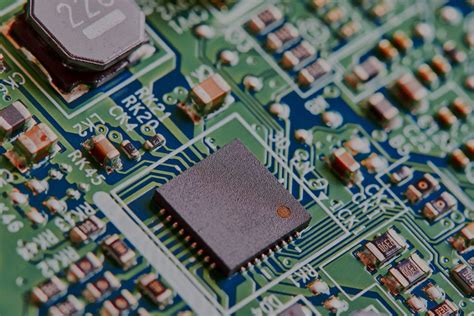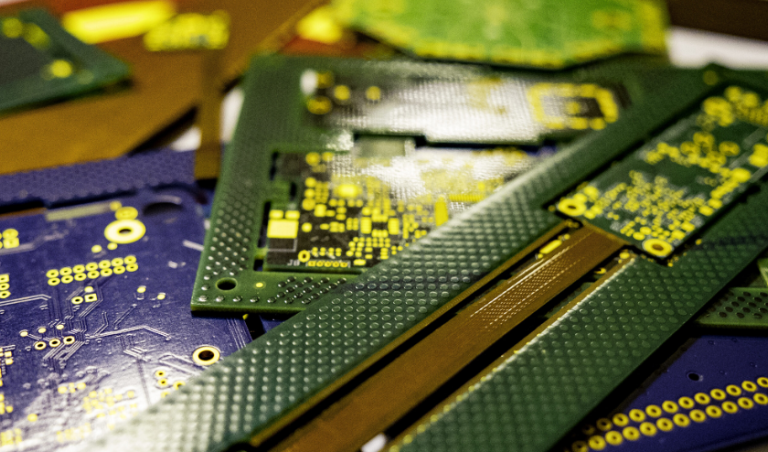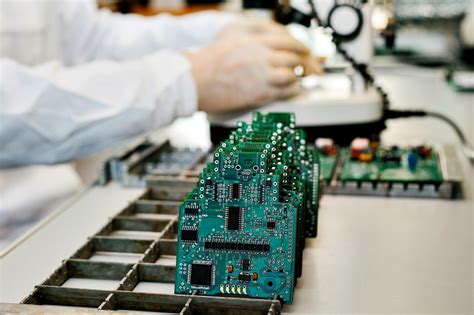Innovations in Printed Circuit Board Assembly for Modern Electronics
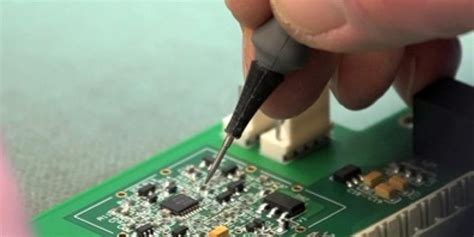
Key Takeaways
In the realm of printed circuit board assembly (PCBA), several key takeaways arise that underscore the significance of innovation in this field. Firstly, understanding PCB assembly is crucial as it serves as the backbone of modern electronics, enabling the seamless integration of components that power various devices from smartphones to medical equipment. Recent technological advancements have paved the way for revolutionary techniques in PCBA, propelling efficiency and precision to new heights. Additionally, leveraging innovative design techniques has shown remarkable potential in enhancing functionality while optimizing space on the circuit boards. As such, it can be observed that automation plays an exceptional role in modern printed circuit board assembly, leading to increased productivity and reduced human error in manufacturing processes. Furthermore, embracing sustainability practices within PCB manufacturing not only benefits the environment but also resonates with consumers increasingly interested in eco-friendly products. With a focus on future trends, staying ahead of these developments is vital for professionals in the industry who aim to excel in a rapidly evolving landscape of electronic solutions. Thus, it becomes evident that by prioritizing these elements, stakeholders can ensure that their approaches to PCBA are both progressive and effective, ultimately enhancing product functionality for a variety of applications.
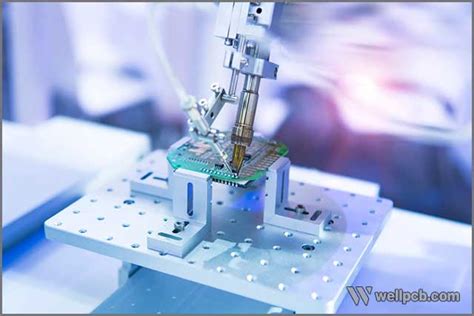
Understanding Printed Circuit Board Assembly: A Fundamental Overview
Printed Circuit Board Assembly (PCB assembly) is a crucial process in the electronics manufacturing sector, serving as the backbone for a vast array of electronic devices. This intricate procedure involves the integration of various electronic components onto a printed circuit board (PCB), resulting in a functional pcba that powers everything from smartphones to medical devices. Understanding the essential parts of pcb assembly is fundamental for professionals in the industry and researchers exploring innovations in electronics.
The process typically begins with designing the PCB layout, which dictates how components are arranged and connected. Advanced software tools facilitate this design phase, allowing engineers to optimize functionality and minimize potential interference. Once the design is finalized, the next step involves soldering components onto the board. Traditional methods like hand soldering are increasingly complemented by automated solutions, enabling higher precision and efficiency in production.
Moreover, it’s worth noting that pcb assembly is not merely about mounting components; thermal management, signal integrity, and mechanical durability play significant roles in ensuring that electronic devices perform reliably under various conditions. As technology evolves, so does the demand for more intricate assemblies that can cater to sophisticated applications.
"Investing in state-of-the-art PCB design tools can significantly enhance productivity and ensure higher quality standards."
Successful pcba processes also incorporate rigorous testing protocols to verify functionality before assembly reaches consumers. This ensures that products meet industry standards and client expectations—ultimately enhancing product reliability.
Modern advancements have led to innovative techniques such as flexible circuit boards, which offer enhanced design flexibility for compact electronic devices. The integration of materials science into PCB manufacturing has also opened doors for lightweight yet durable boards capable of bearing more sophisticated electronic designs.
The landscape of printed circuit board assembly continues to evolve rapidly. By understanding its fundamental processes and keeping abreast with innovations such as automation and advanced materials, professionals can better prepare for future demands in this dynamic field.
Technological Advancements in PCB Assembly: Revolutionizing the Industry
The realm of PCB assembly (or PCBA) has undergone a remarkable transformation, driven by a multitude of technological advancements that are fundamentally reshaping the industry. One notable innovation is the integration of high-density interconnects, which significantly reduces size while boosting functionality and performance. The adoption of surface mount technology (SMT) allows for smaller components to be placed more efficiently on the circuit board, facilitating complex designs that enhance the overall product’s capability. Additionally, the implementation of advanced automated inspection systems ensures higher quality control and minimizes human error, leading to unprecedented levels of reliability in PCBA processes. The use of sophisticated software for layout design and simulation further aids engineers in optimizing circuit layouts, enabling faster iteration and innovation cycles. Moreover, developments in materials science have led to the creation of flexible substrates that can withstand harsh environments while remaining lightweight and efficient. As these technologies converge, they not only improve manufacturing efficiencies but also expand the possibilities of what modern electronics can achieve, paving the way for a future where printed circuit board assembly is even more integral to technological progress.
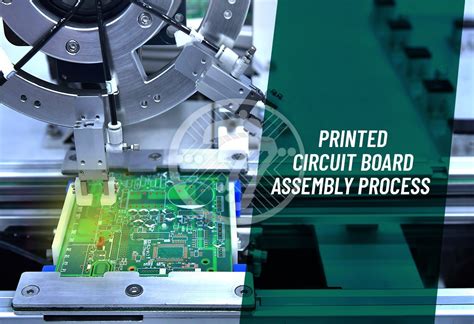
Efficiency Gains in PCB Manufacturing Processes
In the rapidly evolving field of PCB assembly, efficiency gains are a critical focus for manufacturers aiming to stay competitive. The integration of advanced technologies and lean manufacturing principles has led to significant enhancements in the PCBA processes, reducing production time and costs. For instance, the introduction of new materials and techniques allows for quicker set-up times and reduced waste, enabling manufacturers to optimize their resource consumption. Furthermore, automation is playing a pivotal role; robotic systems and artificial intelligence are streamlining workflows, thus accelerating the assembly line while maintaining high-quality standards. These innovations contribute not only to improved efficiency but also enhance the overall functionality and reliability of electronic products. As companies adopt these advancements, they position themselves to meet the increasing demand for sophisticated electronics, paving the way for future growth in the industry. Emphasizing these efficiency gains not only benefits producers but also enhances customer satisfaction by delivering dependable PCBA solutions in a timely manner.

Innovative Design Techniques for Enhanced PCB Functionality
In the realm of modern electronics, printed circuit board assembly (PCBA) stands at the forefront of innovation, with design techniques evolving to enhance PCB functionality significantly. One of the most prominent advancements is the adoption of multi-layered PCB designs, which allows for increased circuit density without sacrificing performance. This method enables engineers to maximize space on the board, accommodating more complex circuits which are essential for today’s sophisticated electronic devices. Additionally, flexible PCBs have become a game-changer in design approaches, providing engineers with the ability to create lightweight and conformable solutions that can fit into compact spaces or irregular shapes.
The integration of advanced materials is also playing a crucial role; for instance, using high-frequency laminates improves signal integrity and reduces loss, thereby enhancing performance in high-speed applications. Moreover, the use of computer-aided design (CAD) software streamlines the development process by enabling precise modeling and simulation of electronic functions before physical production. This not only accelerates prototyping but also minimizes errors during PCBA, leading to more reliable end products.
Furthermore, design for manufacturability (DFM) principles have gained traction in recent years. By anticipating assembly challenges during the design phase, engineers can optimize layouts and reduce potential manufacturing issues that could hinder functionality or increase costs. Ultimately, these innovative design techniques are not merely improvements but essential advancements that ensure electronic devices can meet growing consumer demands while maintaining high standards of efficiency and performance in their PCB assembly processes.
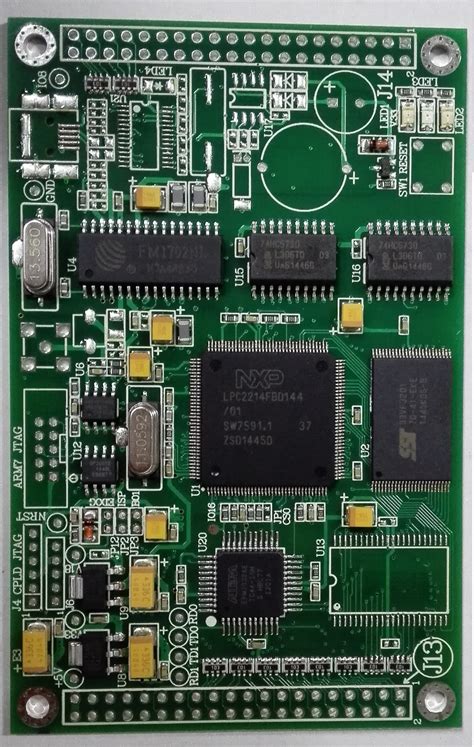
The Role of Automation in Modern PCB Assembly
The integration of automation into printed circuit board assembly (PCBA) processes has transformed the landscape of modern electronics. As manufacturers strive to keep pace with increasing demands for efficiency and precision, automated systems are stepping to the forefront. These innovations not only enhance the speed of pcb assembly but also reduce the likelihood of human error, ensuring a higher quality output. Automation technologies, such as robotic arms and advanced software algorithms, enable real-time monitoring and adjustments, thereby optimizing each step in the pcba process. The reliance on automated inspection systems further confirms the accuracy of component placements and solder joints, minimizing defects that could compromise product performance. By streamlining workflows and enhancing productivity, automation plays a crucial role in meeting the complex requirements for modern electronics. This shift towards automated solutions illustrates a significant evolution in pcb assembly, wherein efficiency and reliability are prioritized without sacrificing innovation or design flexibility. As companies continue to adopt these technologies, we expect to see further advancements that will redefine manufacturing standards within the pcb assembly industry.
Sustainability Practices in Printed Circuit Board Manufacturing
The growing demand for sustainable practices in various industries has prompted significant changes in printed circuit board assembly (PCB assembly) methods. Manufacturers are increasingly adopting eco-friendly materials and processes, which not only reduce environmental impact but also meet the latest industry standards. One prominent trend is the use of lead-free solder and other non-toxic materials, ensuring that the PCBA processes align with global environmental guidelines. Additionally, the implementation of efficient waste management systems is crucial for minimizing waste generated during the manufacturing process. From recycling scrap materials to reusing components wherever possible, companies are striving for a circular economy model in their pcb assembly operations. Innovations such as water-based cleaning agents in PCB cleaning processes also underscore this commitment to sustainability. Moreover, energy-efficient manufacturing practices are being recognized as vital, with many factories upgrading to solar power systems and other renewable energy sources to reduce their carbon footprint. In summary, the move towards sustainable practices in printed circuit board manufacturing not only benefits the environment but also enhances operational efficiency and opens new avenues for growth and innovation within the electronics sector.
Future Trends in Printed Circuit Board Assembly Technology
As the demand for faster, more reliable electronics continues to escalate, pcb assembly techniques are poised for significant transformation. One of the most notable trends is the integration of advanced materials, which enhance durability and performance while reducing weight. Flexible pcba designs are gaining traction, allowing for innovative form factors that cater to evolving consumer preferences. Additionally, the rise of smart manufacturing techniques is transforming production lines into highly automated systems, significantly increasing efficiency and minimizing errors. The application of Artificial Intelligence in the pcb assembly process aids in predictive maintenance, enabling manufacturers to detect and address potential issues before they escalate into costly downtime. Furthermore, advancements in miniaturization are driving the development of increasingly compact pcba solutions, which allow for greater functionality within smaller devices. Sustainability is also becoming a pivotal focus, with manufacturers exploring eco-friendly materials and processes that reduce waste while maintaining high performance standards. As these trends continue to unfold, they are likely to redefine what is possible within printed circuit board assembly, expanding the capabilities and functionalities of modern electronics while ensuring responsible manufacturing practices.
Case Studies: Successful Innovations in PCB Assembly Applications
In recent years, numerous case studies have illustrated remarkable innovations in pcb assembly processes, showcasing how companies have adapted to meet the demands of modern electronics. One notable example involves a tech manufacturer that integrated automated optical inspection systems into their pcba workflows. This innovation significantly reduced human error and improved product quality, leading to a substantial increase in customer satisfaction. Another case study highlights a leading electronics firm that adopted additive manufacturing techniques for creating complex circuit layouts. This approach not only optimized the use of materials but also enabled faster prototyping and design iterations for their products. Similarly, companies are increasingly leveraging advanced machine learning algorithms to analyze production data in real time, allowing them to predict failures and implement preventive measures. This shift towards data-driven decision-making has revolutionized efficiency in the pcb assembly sector. These real-world applications underscore the transformative potential of recent innovations, revealing how they enhance not only the functionality of electronic devices but also contribute to more sustainable manufacturing practices overall.
Conclusion
In conclusion, the evolution of PCB assembly has played a crucial role in the advancement of modern electronics. The integration of innovative technologies, such as automation and advanced materials, has significantly transformed PCBA processes, leading to enhanced efficiency and reduced production costs. A key aspect of this transformation is the adoption of modular designs, which not only streamline assembly but also facilitate easier upgrades and repairs. As electronics continue to become more intricate, the emphasis on sustainability within PCB manufacturing is also increasingly critical. Manufacturers are exploring eco-friendly materials and energy-efficient processes, ensuring that future pcb assembly caters not only to performance but also to environmental responsibility. The commitment to these innovations marks a promising trend in the industry, with an eye toward continuously improving both functionality and sustainability in electronic products. As we look forward, it is clear that these developments will shape the landscape of future technology, paving the way for even more sophisticated electronic devices that meet the diverse needs of consumers.
FAQs
What is PCB assembly?
PCB assembly (PCBA) is a process that involves the fabrication of printed circuit boards and the attachment of electronic components to the board. It forms the backbone of most electronic devices, ensuring they function as intended.
Why are innovations in PCB assembly important for modern electronics?
Innovations in PCB assembly are crucial as they enhance efficiency, improve production speed, and reduce costs. These advancements enable manufacturers to meet the increasing demand for high-quality electronics, allowing for better product functionality.
What technological advancements are impacting PCB assembly?
Recent technological developments such as increased automation, advanced materials, and improved design software are revolutionizing PCBA. These innovations not only streamline the manufacturing process but also ensure higher precision and reliability.
How does automation influence PCB assembly processes?
Automation plays a significant role in modern PCB assembly, reducing human error and increasing production rates. Automated systems enhance accuracy in placing components on boards, thus promoting consistency in manufacturing outcomes.
What sustainability practices are being adopted in PCB assembly?
Sustainability is becoming increasingly important in printed circuit board manufacturing. Practices such as waste reduction, recycling of materials, and energy-efficient processes are being implemented to minimize environmental impact while maintaining productivity.

